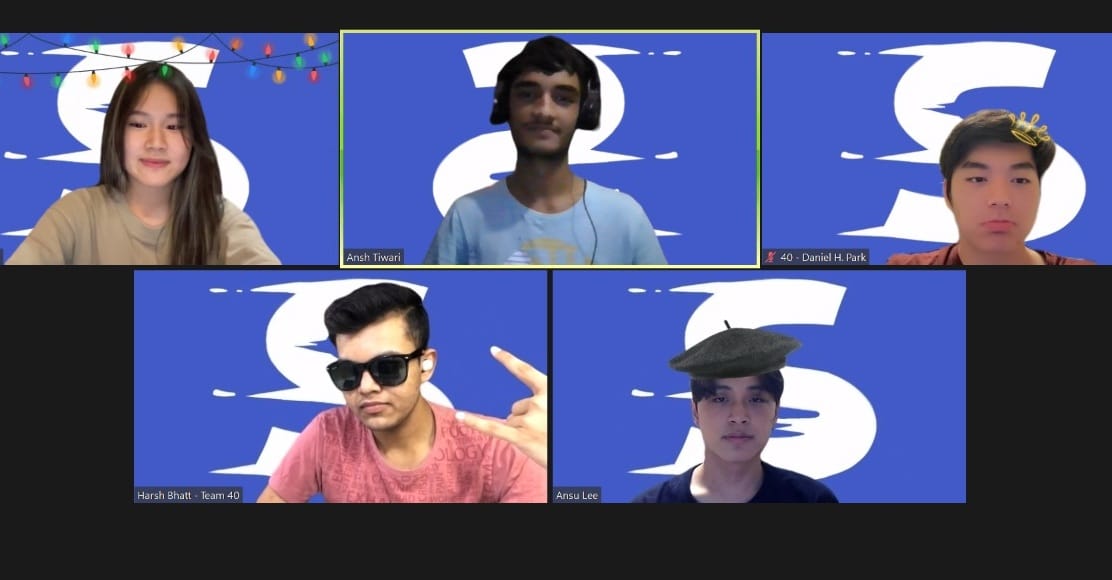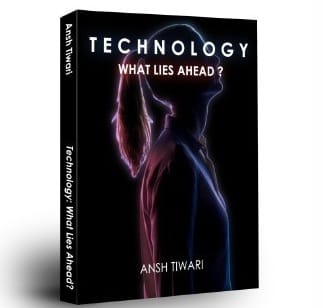(October 19, 2022) At just 15, Ansh already has many achievements to his credit. The UP-born teen is the author of a book on computer science as well as the founder of two startups and an NGO. Always hamstrung by limited resources, the class 11 student studied in his native village, Tiwaripur, in Uttar Pradesh’s Gonda district until class five. Thereafter, he joined the Government Boys Senior Secondary School, Rajokari in Delhi, NCR. The enterprising teen is an inspiration back home in UP and now in NCR, too.
Recently, Ansh’s project, Dhanwantri, an Android app that can be used to enhance the service delivery of healthcare, was selected by the Council of Scientific and Industrial Research (CSIR), India’s largest research body. That apart, Ansh has also come up with several ways to leverage technology to create solutions for the problems around him.
Bagging the fifth position in the CSIR Innovations Award for School Children is no mean feat, considering that more than 10,000 applicants submitted their innovative projects to CSIR.

Ansh Tiwari
“All my initiatives have been about making use of technology to find solutions. They have also been a result of the various challenges people around me face, and the deep urge to do something to make life easier,” tells Ansh to Global Indian.
During the lockdown when I was in my village Tiwaripur, we had to travel 20 kms to get basic healthcare facilities. The solution that I submitted to CSIR triggered from the bad experiences that I had during that time – Ansh Tiwari
He is always grateful to his parents, who ensure his good education despite not being much educated themselves. They support his dreams of being a social entrepreneur who leverages technology to solve pressing problems,
Making farmers’ lives easier
Growing up, Ansh saw his grandfather, who is a farmer in Tiwaripur, as well as many others lose out to middlemen. The greedy middlemen earned huge amounts of money by purchasing farmers’ produce at cheap rates and selling them in urban markets at inflated rates.
Ansh was determined to do something about it. As part of NXplorers programme of coming up with a solution-based startup idea, the youngster conducted a thorough survey of village farmers by interviewing them and created Kanad, an app that directly connects them to urban markets, ending exploitation by middlemen.
Sixty percent of India’s rural population can now access the internet. Through my app, farmers can directly contact urban purchasers and enhance their earnings – Ansh Tiwari
At the moment, the app’s efficiency is being tested amongst farmers of suburban areas and based on their feedback, it will be rolled out to those in the rural areas.
With the help of the same app the marginal farmers can utilise the resources of more established ones by taking their machinery on rent on an hourly basis, escaping the financial burden of purchasing expensive equipment. Ansh has also tried to integrate healthcare facilities for farmers and their families in the same app so that it’s a one-stop solution for them.
Speeding up through AI
Just before the pandemic struck, Ansh got selected for LaunchX Entrepreneurship programme scheduled to be held at Duke University, Durham, USA. Youngsters from 19 countries were selected to attend it. Unfortunately, as Covid protocols were put in place around that time, the programme took place online.
In the five-week long programme, Ansh was part of a five-member team comprising two Indians, two South Koreans and one Chinese to identify a problem and create a start-up as a solution. The members co-founded Speed Up AI.


Ansh with his multinational team
“Machine Learning needs data that is labelled so that AI can process such data accurately. Since most of the data is unfiltered, labelling the data is a very tiring and time-consuming process. We proposed to create an AI solution for it.”
Ansh and his team were part of the top six percent of the 800 participants to successfully complete the programme and earn a completion certificate. “It was not a small achievement for us because in order to claim the certificate, participants were required to generate $250 from the startup by the end of the five weeks. We were one of the few teams to achieve this,” he says.
Ansh and his team were later able to get funding from Delhi Government’s startup reality show, Business Blasters that helps school children to pitch their ideas to investors.
Connecting girls with mentors in STEM
I have seen many girls around me, including my sister, who do not attempt to study computer science due to lack of resources or other challenges. So, I started my NGO, ‘Girls in Stem’ to increase participation of under-represented minorities – Ansh Tiwari
In this initiative Ansh has created an online research programme in computer science where girls pitch their research ideas and are matched with university professors who guide them to take their ideas forward. In its two cohorts, Ansh’s NGO has successfully matched 210 research ideas with relevant professors.
Setting the path for students
The tech enthusiast has released his book Technology: What lies ahead? for students who want to get a head-start in computer science but don’t know where to begin.
“When I was choosing my field of study in the vast ocean of new technologies being discovered, it took me almost a year to find out that Artificial Intelligence /Machine Learning with the intersection of agriculture is what interests me,” says Ansh. “I realised that others must be facing the same challenges, especially as the school system in India focusses more on academics rather than career counselling.”


Book written by Ansh Tiwari
Ansh believes that his book, published by Notion Press, and available for purchase at Amazon and Flipkart makes students’ lives easier by familiarising them with emerging technologies. “I have provided brief information about the plethora of choices available to them.”
The multi-talented multitasker
The multi-tasker’s activities are not just confined to technology and entrepreneurship. He is an NCC cadet, and has been practicing yoga for seven years now. “I have won state level yoga competitions as part of a team, and zonal level competitions as a solo performer.”
His list of achievements doesn’t end here. He has been the head of his school’s robotics club and has organized several events and competitions. He is the first student of his school to get selected in the Young Technology Scholars programme conducted by Reimagining Higher Education Foundation. “I have participated in and won several hackathons.”
Teachers of life and love for teaching
Ansh loves to teach and offers free classes at home and helps out his schoolmates whenever he can, teaching them physics and chemistry concepts through experiments. He has also conducted research into social media’s impact on self-esteem in teenagers.
I have a soft corner for my village Tiwaripur and want to do a lot for the people there. Since I am still a student, I do things that can be done at this stage but would love to do more – Ansh Tiwari
The multi-faceted youngster has been the co-founder of his school’s math club, president of entrepreneurship club, head of science and technology club and class representative. The teenager receives constant support from his school Principal, Parmod Kumar Sharma and his teachers, especially his mentor, SK Pandey, under whose guidance he works as the science lab assistant in his school.
“My father is my inspiration,” Ansh says. “He took us out of our small village in UP and brought us to Delhi NCR, giving me the opportunity to explore new horizons.” signs off the youngster who is motivated by the Prime Minister of India’s hard work and down-to-earth demeanour.
- Follow Ansh Tiwari on LinkedIn



